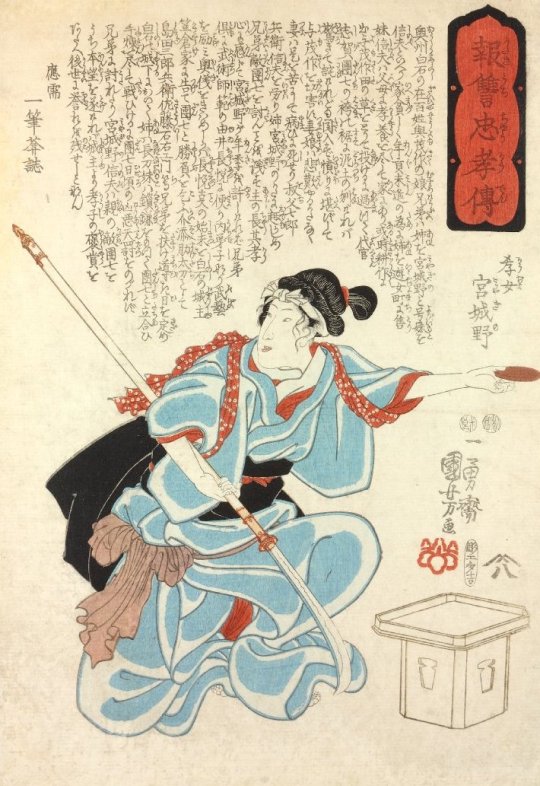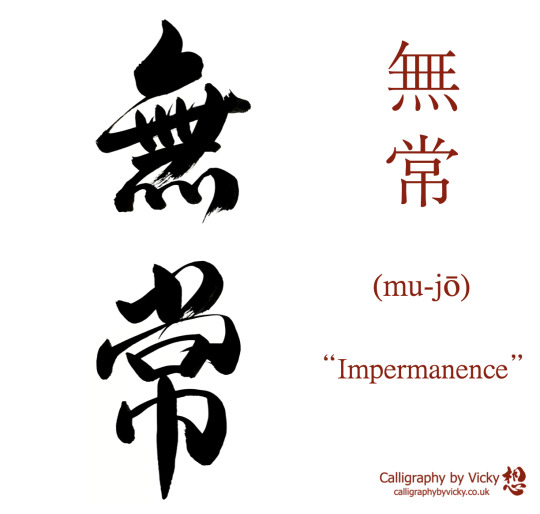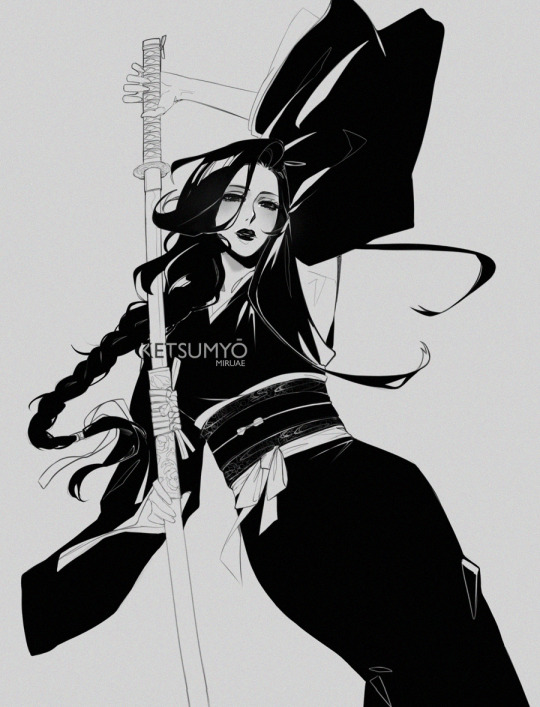🌸🍃 Japanese Art + Graphic Design Inspiration! Visit the online zine at inkbrushmood.com 🌸🍃
Don't wanna be here? Send us removal request.
Text

“The Tiger of Ryōkoku,” from the series True Scenes by Hirokage, Utagawa Hirokage (Japanese, active 1860s), woodblock print; ink and color on paper (The Met)
204 notes
·
View notes
Text


Clematis lacquer picnic set from Edo period (1615–1868) 黒漆塗鉄線蒔絵提重
113 notes
·
View notes
Text
Hokusai Surf by https://www.instagram.com/mazepah/
1K notes
·
View notes
Text











出雲大社 Izumo-ooyashiro
島根県出雲市 Izumo-shi, Shimane, Japan
2025/05
40 notes
·
View notes
Text

KOJO MIYAGINO: The Filial Using a Naginata (mid 1800s). Woodblock print, oban tate-e. 36.90cm x 25.40cm. British Museum.
What comes to mind when you hear the word samurai? Men wielding katanas? Ironclad Japanese warriors about to strike a blow? Or perhaps a robed samurai on the verge of self-sacrifice.
How about a kimono-wrapped lady on the verge of kicking ass?
While most women in feudal Japan were expected to adhere to traditional roles, samurai as a rising warrior class (actually called “bushi” before the Kamakura Period) included both men and women. However, "samurai" was a term reserved for men. Women "samurai" were deemed onna-musha (a female warrior on the offensive) or onna bugeisha, a warrior woman on the defensive.
Onna musha were rarer than their onna bugeisha counterparts, who were nevertheless formidable women. Onna bugeisha were trained in martial arts to defend their homes against the frequent ransacking that took place during the Warring States Period in feudal Japan. Their weapon of choice was the naginata, a curved sword mounted on a pole, first used by warrior monks in 750 A.D.
31 notes
·
View notes
Text
無常 (mujō) "impermanence"

"Western aesthetics is sometimes familiar with simplicity, asymmetry and suggestion, but the idea that beauty lies in its own vanishing is an idea much less common. Perishability remains, however, what [Donald] Keene has called the 'the most distinctively Japanese aesthetic ideal'. It is certainly among the earliest, being based on the Buddhist concept of "mujō"... nothing is stable, and our only refuge lies in accepting, even celebrating this."
-Donald Richie, A Tractate on Japanese Aesthetics, 2007
131 notes
·
View notes
Text

Kōno Bairei (1844 - 1895) — Sparrow on a wisteria branch
2K notes
·
View notes













